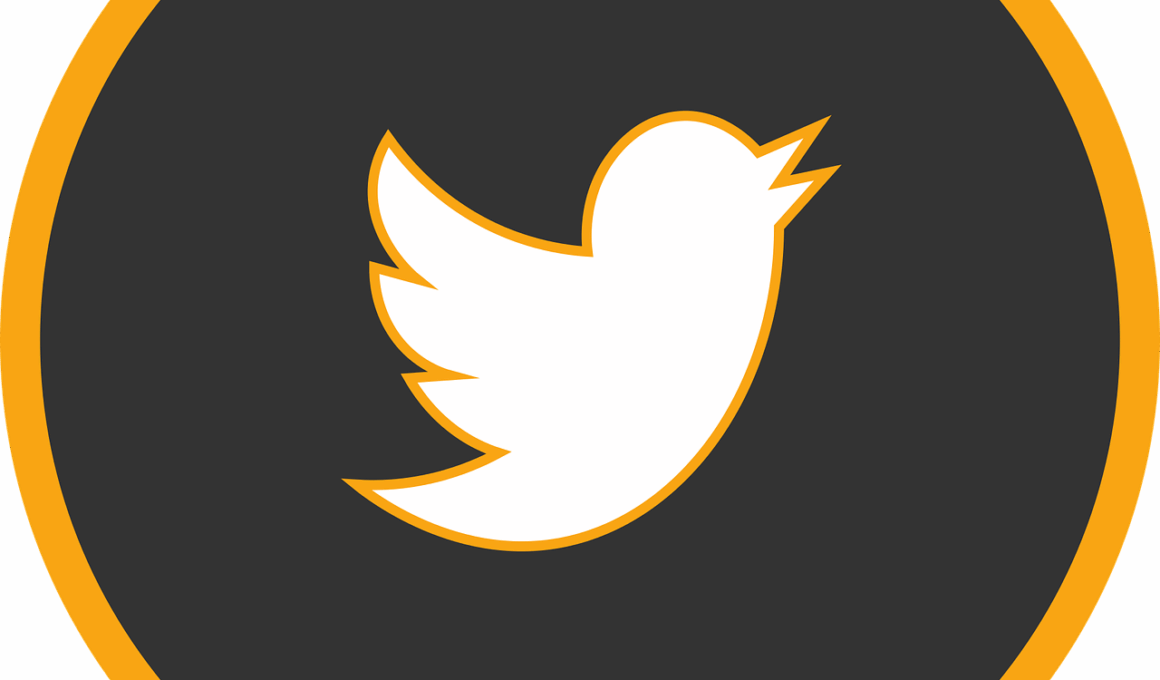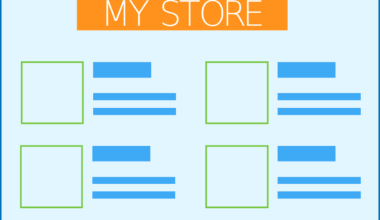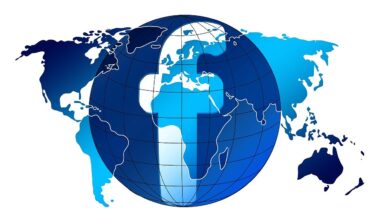Showcasing Event Speakers and Highlights on Twitter
Utilizing Twitter effectively can significantly enhance event awareness and engagement. Sharing compelling speaker highlights and event updates is essential. Event organizers should build interest by creating a dedicated Twitter account for the event. This account can serve as a hub for sharing live updates, countdowns, and behind-the-scenes content. Alongside announcing speakers, it’s vital to include hashtags relevant to the event for maximum reach. A strategic hashtag can promote interaction and keep all related conversations centralized. When your audience tweets using the event hashtag, it amplifies the event’s visibility within their networks. Engaging with attendees online fosters community before the event even begins. Encouraging event speakers to engage on Twitter helps create excitement. Their existing followers will likely become event attendees as they promote their participation. Furthermore, creating visually appealing graphics and videos can capture the audience’s attention. Infographics summarizing speakers’ backgrounds or sneak peek videos of what they’ll present can generate buzz. This visual content can be shared across Twitter, increasing the potential for RTs and shares, ultimately leading to more registrations. Amplified visibility on Twitter helps to ensure the best attendance for the upcoming events.
Maintaining an active Twitter presence during the event is crucial. Live-tweeting notable moments, insights from speakers, and audience interactions keeps your audience engaged. It creates a real-time experience that draws in more social media users who might not physically attend. This strategy also provides an excellent opportunity to showcase the event’s highlights through short video snippets or quotes from speakers. Aim to curate content that illustrates the event’s atmosphere, showcasing what makes it unique. Sharing images and live updates will make followers feel part of the experience. Tagging speakers and influential attendees in your posts encourages sharing and expands your reach. Additionally, by organizing Twitter Q&A sessions with speakers, you can further engage attendees and attract interest from those who may not otherwise participate. Audience members appreciate the chance to ask questions directly to industry leaders. Utilizing Twitter polls during the event can also enhance engagement by soliciting opinions and generating discussions. Furthermore, structuring your posts to include engaging media formats will draw more interaction. Combining text, images, and video snippets captivates potential attendees and showcases the event’s energy, ensuring effective promotion across Twitter.
Creating a Content Calendar
Developing a content calendar for your event Twitter account will streamline your promotional efforts. This calendar should include key dates leading up to the event, such as registration openings and speaker announcements. Organizing your Twitter content ahead of time ensures that you’re consistently sharing engaging materials while creating anticipation among your audience. All posts should be tailored to your target audience, including relevant keywords and hashtags to enhance reach. Set reminders for scheduling posts, especially for important announcements. A captivating announcement about the keynote speaker several weeks before the event can spark interest and encourage attendance. In the days leading up to the event, increase posting frequency. Share countdowns, speaker snippets, and any exciting news. Enhancing the audience’s experience through updates will keep the momentum flowing. Include vibrant imagery in your posts; stunning visuals resonate well on Twitter. Engaging graphics showcasing speakers or event infographics can significantly boost engagement. Planning content around potential audience interests elevates these interactions. When people feel personally connected to the speakers or topics through tweets, they are more likely to attend and participate in the event, improving overall success.
Another effective strategy is utilizing Twitter threads to build narrative around your event. Threads allow for more detailed storytelling or sharing multiple highlights in one go. For instance, create a thread introducing each speaker, including their expertise and what attendees can expect from their sessions. Each thread should focus on maintaining engagement by providing compelling information while also encouraging retweets or likes. By promoting the key takeaway messages from speeches or panels in real time, you foster a sense of urgency among potential attendees. Engaging with followers in the comments and encouraging them to share their excitement or questions can build a more interactive community. Moreover, throughout the event, capturing candid moments and sharing them promptly showcases the event’s lively atmosphere. Followers scrolling through Twitter can feel the energy and excitement, motivating them to attend any future occurrences. Incorporating Twitter moments as an archive for your event is another way to document experiences. Collaborate with professional photographers to highlight speaker sessions or networking opportunities, ensuring shared visuals are impactful and convey the event’s spirit clearly.
Leveraging Twitter Ads for Broader Reach
In addition to organic promotion, consider leveraging Twitter Ads to maximize visibility among potential attendees. Targeted ads permit you to reach specific demographics that align with your event’s objectives. Ensure ad content is visually striking, representing both your event and the speakers involved compellingly. Promoting key sessions or renowned speakers entails crafting enticing calls to action. Highlighting early-bird registration and exclusive speaker content can draw more clicks to your event page. The targeting features on Twitter allow precision marketing. Segment your audience based on interests, behaviors, and even prior interactions with similar events. Tailoring your ads to people who have engaged with your posts in the past can significantly enhance the likelihood of conversions. Additionally, consider promoting tweets that have performed well organically to reach broader audiences. Tweets highlighting audience testimonials or event teasers can resonate emotionally and inspire decision-making. Shift your focus to A/B testing different ad formats to find the most engaging content. Continuously monitor and adjust your strategy based on performance metrics for better results. Effective use of Twitter Ads contributes substantially to the growth of event awareness.
Post-event engagement is equally crucial in solidifying the online presence built through Twitter. Once the event concludes, share post-event thank you messages, highlighting speakers and their presentations. Including a recap of the event, participant feedback, and media coverage will not only extend the conversation but also maintain interest in future events. Use Twitter polls or surveys to gather attendee feedback for continuous improvement. This valuable information can shape future events by ensuring they meet audience expectations. Furthermore, encourage attendees to share their personal experiences on Twitter. Creating a post-event hashtag can facilitate conversation and community building. This approach generates organic buzz around speakers and sessions, promoting future interest. Engaging with attendees by replying to their tweets acknowledges their participation and enhances community feelings. It reinforces their commitment to attending future events. Additionally, repurposing content from the event into blogs or podcasts allows for broader reach, engaging a wider audience. As the insights shared by speakers can have long-lasting impacts, make sure to highlight those moments effectively. Capitalizing on your event’s success will prolong its life in the digital realm.
Conclusion on Twitter’s Impact
Ultimately, using Twitter to boost event awareness is a multifaceted strategy that requires planning and creativity. By showcasing speakers, creating engaging content, and maintaining a dynamic Twitter presence both before and after the event, you can maximize visibility and engagement. Leveraging Twitter’s unique features is essential for driving excitement and participation among your target audience. Remember that interaction is key; engaging attendees creates personal connections that help foster strong communities. Strongly consider developing an effective Twitter campaign as part of your overall marketing strategy. Consistently evaluate and refine your approach based on analytics and audience feedback. Experiment with different content types and promotional tactics to discover what resonates best. Continuous engagement on social media as part of your event strategy is not just beneficial, but necessary in today’s digital age. By following these guidelines, you’ll be poised for greater reach, higher attendance, and ultimately, a more successful event. Twitter can become a powerful platform for promoting your events, especially when used thoughtfully. Make your upcoming events stand out, and reap the benefits of engaged attendees eager to participate.


